Porsche New Cayenne Test Drive Review
公開日:2018.09.29
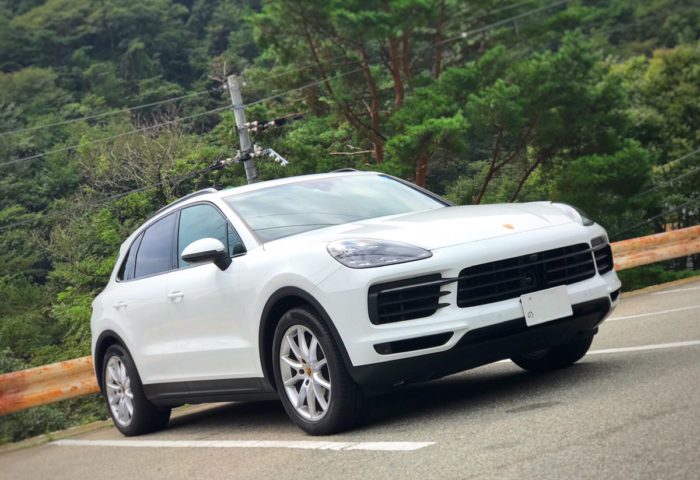
Test Driving the New Cayenne
The other day, I finally got to test drive the new Cayenne. I wasn’t particularly planning to buy one (sorry, Mr. H at the dealer…), but the reviews in motor magazines were good, and having previously learned in detail how the new Cayenne is made on the Discovery Channel, I was curious.
However, I thought, “Even though it’s made by a sports car manufacturer, it’s still an SUV, after all.”
Also, my husband, who had driven the Macan—a compact SUV a size smaller than the Cayenne—had said “It was an amazing car!” but also felt “I still don’t really need an SUV,” so neither of us went in with high expectations. But…

Just two minutes into the test drive, my husband suddenly said, “What is this?! It’s amazing! I want one!” ( ̄ー ̄) To think he, who had long said “I don’t need an SUV,” could be swayed so easily… The new Cayenne is truly formidable. So today, I’d like to share a review of the new Cayenne from our roughly one-hour test drive (mostly my husband’s review).
As Expected from Porsche
I drove it for about 15 minutes, and the first thing that surprised me was its “lightness and agility.” Despite being bigger and heavier than the Panamera, the initial acceleration when pressing the gas pedal was light and very pleasant.
Also, the smoothness of the ride was outstanding. The suspension was firm and solid, barely transmitting bumps or shocks from the road, making for a very comfortable ride. And even though it’s an SUV, it’s Porsche through and through. It grips well in corners, accelerates sufficiently when you press the gas, and the rear seat comfort was good enough that I thought, “Taking the family on a long trip in the Cayenne is totally doable!”
Now, I’ll share the test drive review written by my husband.
Husband’s Test Drive Review
Sitting in the driver’s seat, I turned the ignition key and started the engine. Unlike other Porsches, it was remarkably quiet. I expected the tachometer to jump and a roaring exhaust note, but the Porsche-made 3-liter V6 turbo engine woke up so quietly that I wasn’t even sure if it had started.
I even asked Mr. H, the dealer, “Is it really this quiet?!” with the window down.
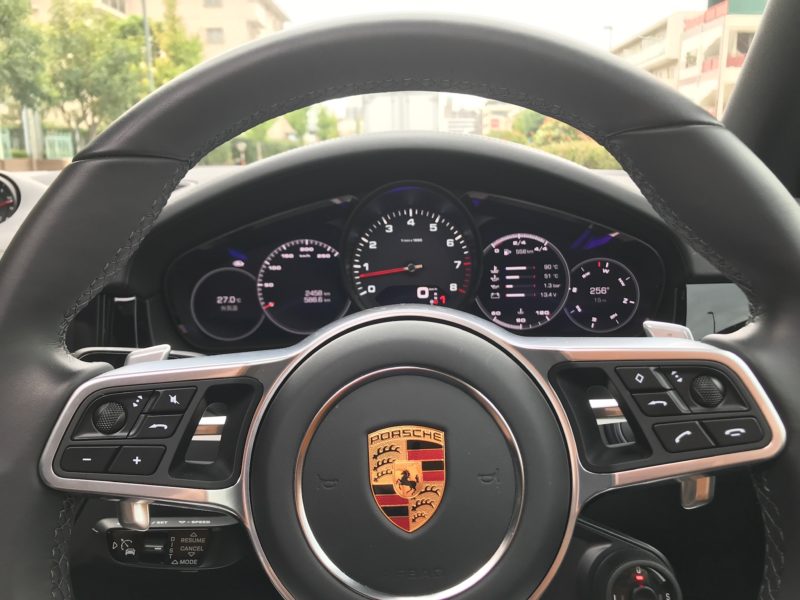
Placing my foot on the accelerator and starting to press, I noticed a big difference from the Panamera again: the accelerator pedal is light. Many modern cars have light pedals, and the Cayenne is no exception. However, compared to recent Audis, it didn’t feel quite as light.
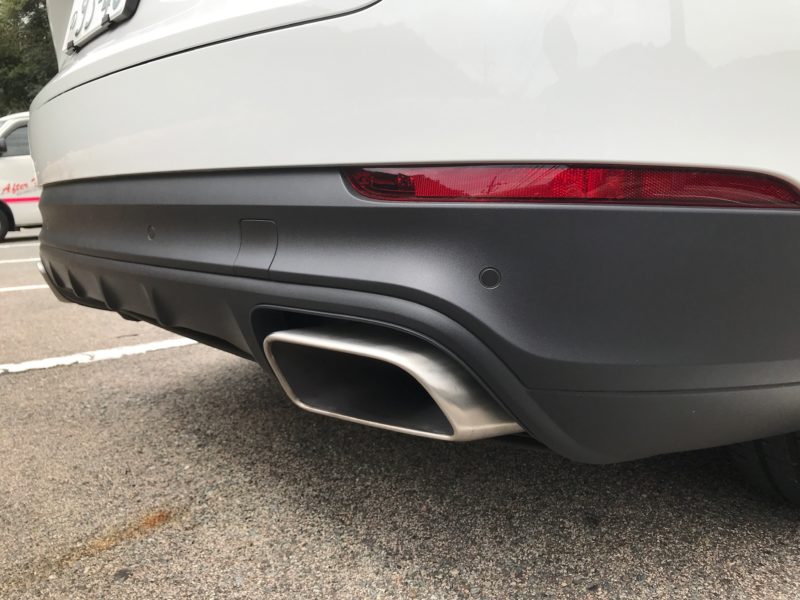
Gripping the steering wheel and pulling out from the dealer onto the road, you immediately know if it’s a Porsche or not. Without needing to adjust the steering more or less, it moves exactly as you imagine in your head. There’s no exaggerated quick steering gimmick like some other cars, nor does it feel sluggish.
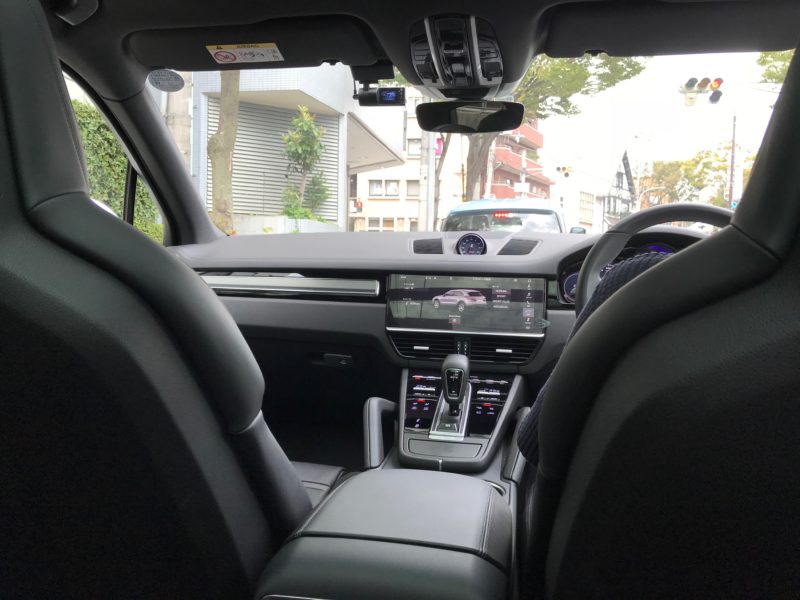
The new Cayenne strongly conveys a sense of agility. This isn’t a cheap, light feeling but a lightness within an appropriate weight. The steering shaft offers no resistance or roughness, and you feel solid rigidity and high manufacturing precision. I wish Japanese cars had steering feel like this.
The steering is neither too heavy nor too light, smooth to operate, and should be easy even for women. In fact, the moderate weight gives a reassuring feeling, so you can hold the wheel confidently even at speed.
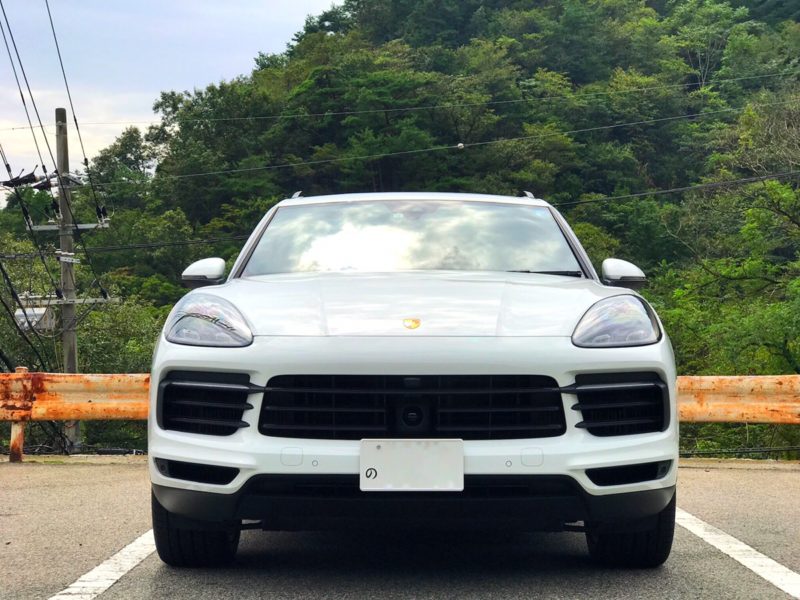
The cabin is very quiet. It’s noticeably quieter than our Panamera Turbo. Even when downshifting the Tiptronic one or two gears and revving a bit, the engine noise isn’t very loud. Revving a bit more reveals a well-rounded, pleasant V6 exhaust note.
It’s not what I’d call a classic Porsche engine or exhaust sound, but it’s a nice sporty tone.
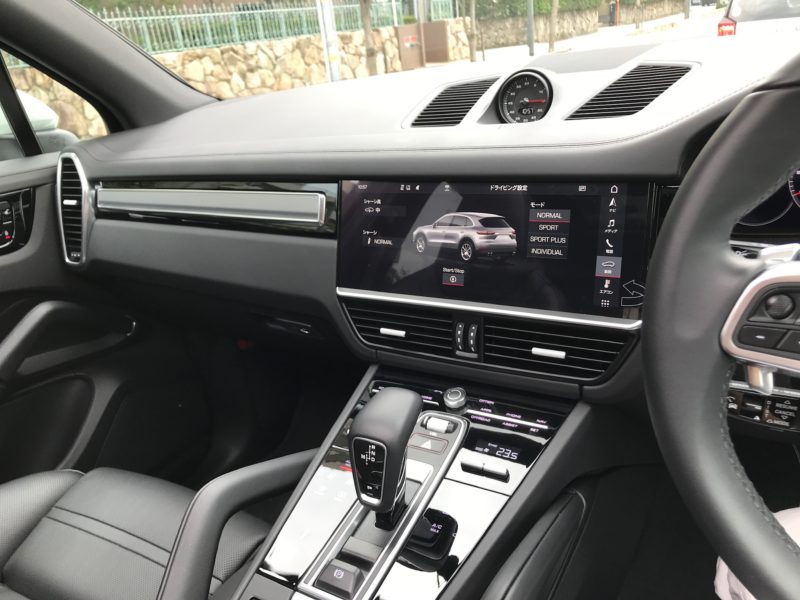
One thing I liked was the feel of the Tiptronic transmission. While Porsche mainly uses the dual-clutch PDK, the Cayenne has always used a torque converter Tiptronic. This Tiptronic is really good. It doesn’t give you shift shocks but still clearly feels like the gears are changing, and the response time from operation to reaction is short.
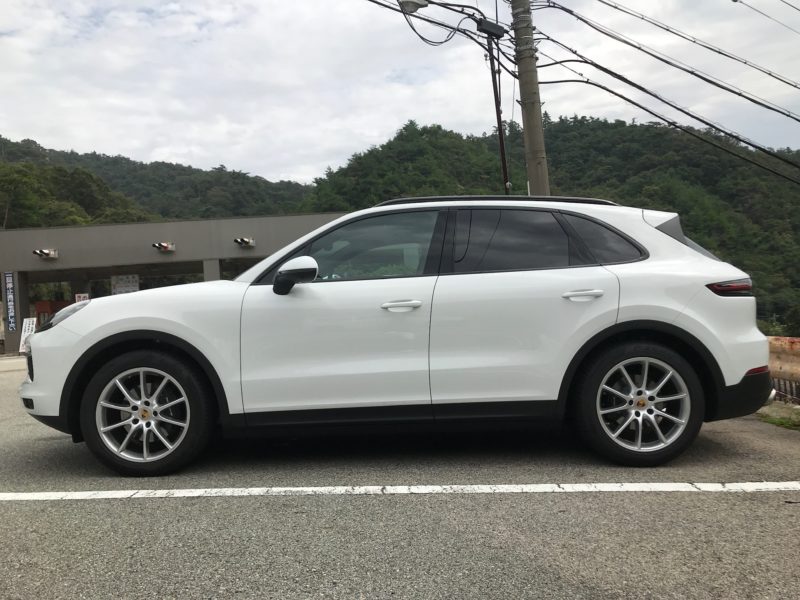
With the Panamera’s PDK, the reaction to operation and gear change is fast, but sometimes there’s a slight pause between operation and reaction depending on RPM. Especially in high-output cars like the Panamera Turbo, you often drive without revving past 2000 rpm in town, so you often operate the PDK at low RPMs.
I think the car briefly intervenes to prevent unnecessary shocks or excessive RPM drops.

On the other hand, the Cayenne’s Tiptronic reacts very quickly after paddle operation. Rather than “fast,” it’s that the car doesn’t awkwardly time the shift, so it shifts exactly when you want, which feels great.
Also, since this was the base Cayenne without overwhelming power, I could enjoy shifting crisply through mid-range RPMs while driving on city national roads. This is something you can’t do in a Panamera Turbo because it’s too fast.
The engine has enough power and torque for driving in Japan. The turbo kicks in well from low RPMs, making it very easy to drive. We had family onboard during the test drive, and there was no dissatisfaction on mountain or uphill roads. As long as you drive reasonably, the base Cayenne won’t feel underpowered.
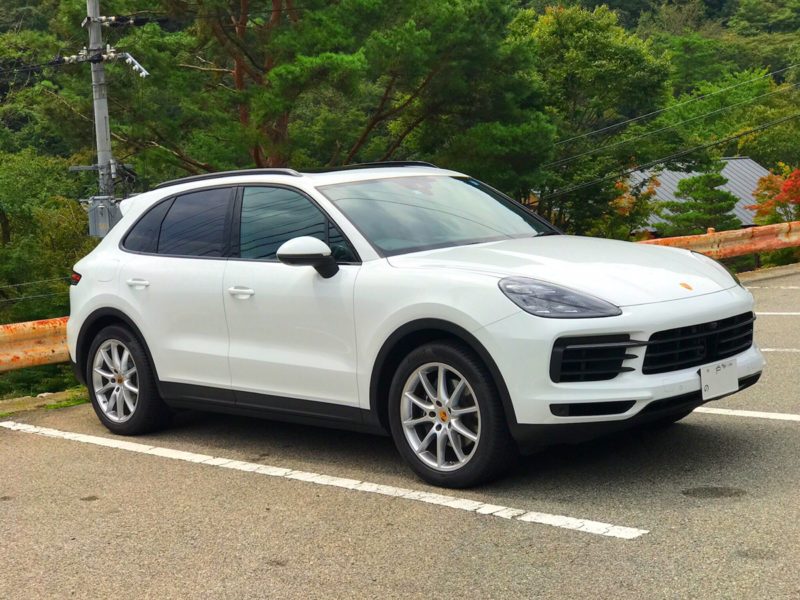
If I had to mention one thing, when in 3rd or 4th gear in town and wanting to accelerate strongly to overtake, it sometimes kicks down a gear. You can feel the difference from the overwhelming power of the Panamera Turbo, but it’s hardly a problem.
If you don’t care about grade hierarchy or overwhelming acceleration on the highway, I can confidently say the base Cayenne is enough for Japan. I say this as someone who drives a high-powered Panamera Turbo daily.
This test car had air suspension and 20-inch wheels, and the ride comfort was better than I imagined. Honestly, it felt better than our Panamera. Of course, the car’s character, seat thickness and firmness, tire size, and profile differ, so it’s not a simple comparison, but many people will likely prefer the Cayenne’s ride.
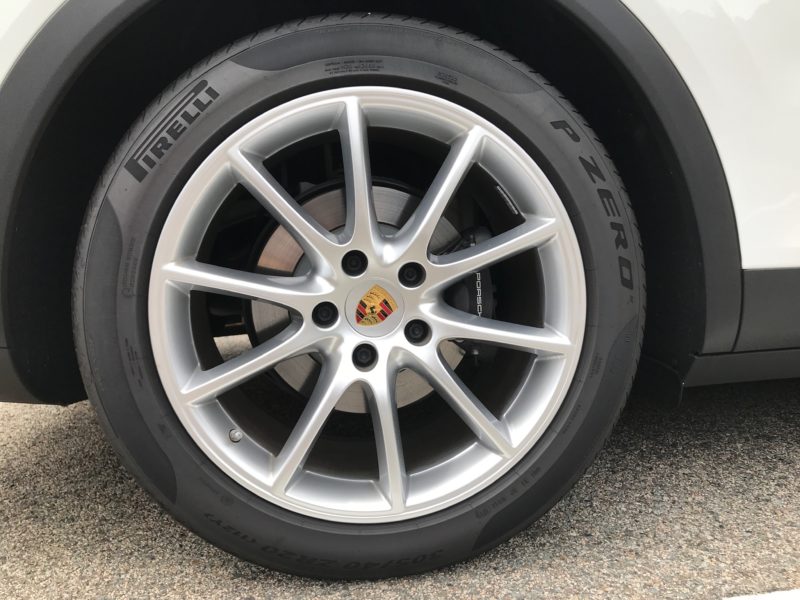
I sat in both front and rear seats and barely felt any unpleasant vibrations or shaking from the road. I once rode in a Mercedes GLS in the U.S., and 8 or 9 out of 10 people would probably say the new Cayenne rides better.
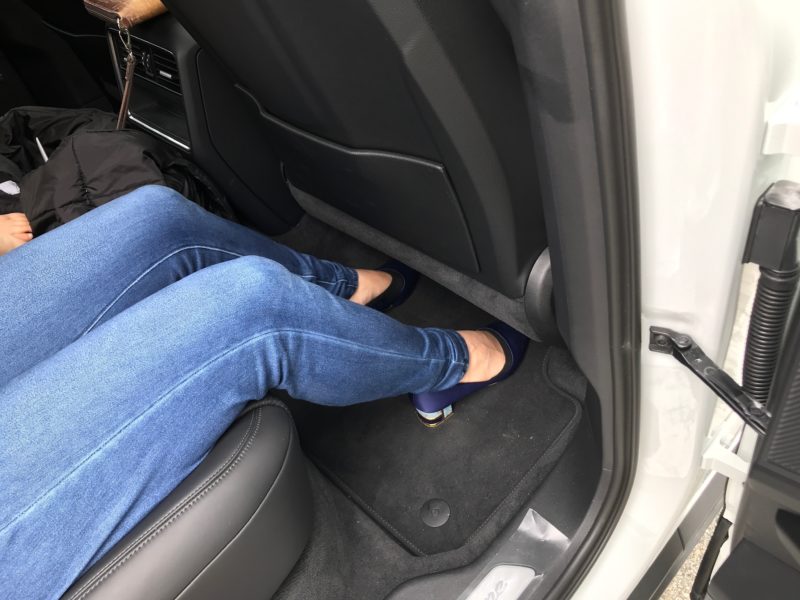
The GLS isn’t bad at all; it’s very good. But you do feel vibrations and shaking more in the rear seats, and some residual side-to-side sway in normal mode. The Cayenne doesn’t give you that feeling at all.
After the test drive, when I got into our Golf 7, which I thought had good ride comfort, the difference was obvious. My wife and I even said, “Wait, was the Golf always this bumpy??” The Golf 7’s ride is good compared to many cars, but it’s tough to compare to the Cayenne.
Originally, we hadn’t planned to go to mountain roads, but since the car was so wonderful, we headed to the Royu Driveway and switched to Sport and Sport Plus modes. Without a sports exhaust, there’s no dramatic sound effect, but the suspension stiffened and body roll was greatly reduced. Tight corners could be taken aggressively. The nose felt noticeably lighter than the Panamera Turbo.
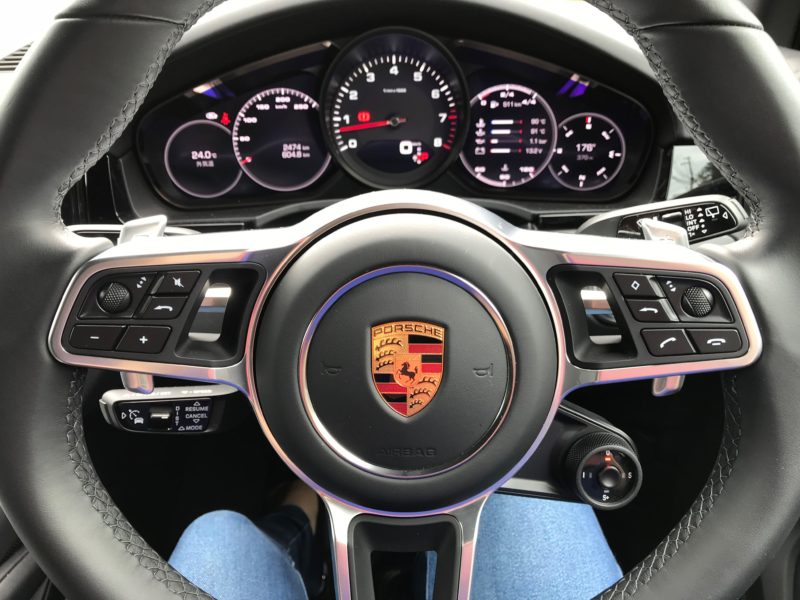
I truly think the V6 engine is more enjoyable in Japan. Plus, since you can keep the revs up without going too fast, you get to enjoy revving the engine.
I later found out this test car was equipped with PDCC. When driving in Sport Plus, body roll is almost nonexistent. It’s there to some extent, but you hardly feel it. The four wheels grip the road firmly, the car holds its posture, and it smoothly and cleanly carves through corners. PDCC’s effect is tremendous. If your budget allows, it’s definitely worth adding.
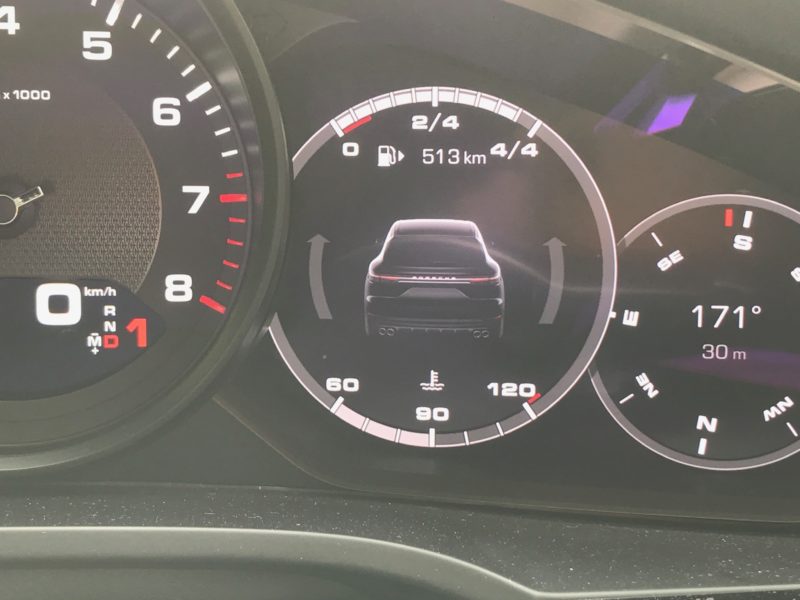
The brakes, needless to say, are unmistakably Porsche. Rather than adjusting by stroke, you adjust by pedal pressure, making them very controllable and effective from low to high speeds. Having driven everything from supercars to luxury sedans, there’s no other car where braking feels as enjoyable and satisfying as a Porsche.
This was only a one-hour test drive, so I didn’t experience highway driving, but with this suspension, high-speed stability can’t be anything but good. I’ve never liked SUVs much, especially their height, so I hadn’t been interested in the Cayenne until now, but this test drive completely changed my impression of the Cayenne.
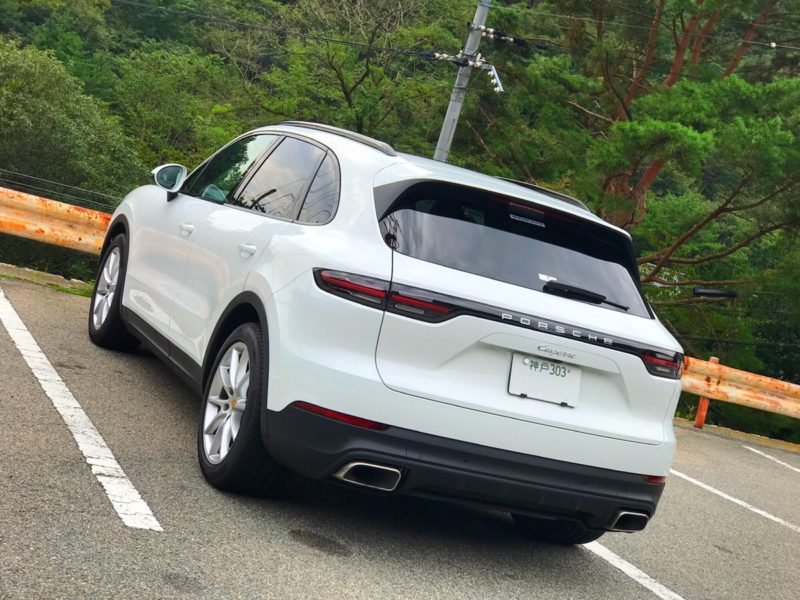
There are plenty of luxury SUVs out there, and if you just want comfortable, safe, and reliable transport, other brands are fine. Of course, the Cayenne is comfortable too, but something is different. What is it? To use a well-worn phrase, every Porsche model is a pure driver’s car. The car is always waiting for the driver’s command.
Whether accelerating, braking, or mid-corner, other cars don’t have that feeling or have it only faintly.
And Porsche responds reliably to those commands. It moves exactly as you intend, with almost no lag. It’s truly a feeling of man and machine working as a team, running in perfect harmony.
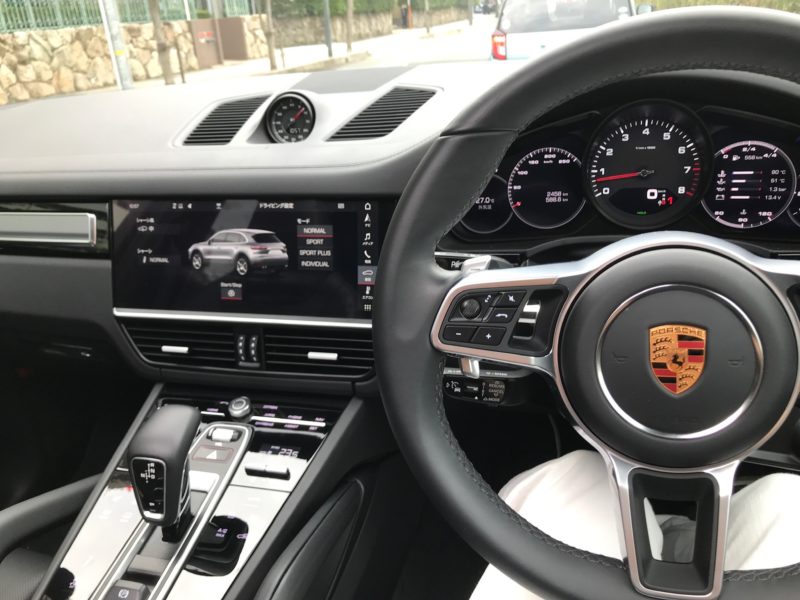
If I had to mention downsides, the engine sound is a bit too quiet for a Porsche, and the light accelerator pedal bothers me slightly, but even so, it’s a great car. If my budget allowed, honestly, I’d want one. I, who disliked SUVs, even find myself wanting one. The new Cayenne has changed me that much.
It’s almost certain to be our top candidate for the next family car.
That’s all.
…As a wife, more than anything in this review, the last sentence really catches my attention…
このブログが気に入ったらフォローしてね!


Comment ( 0 )
Trackbacks are closed.
No comments yet.